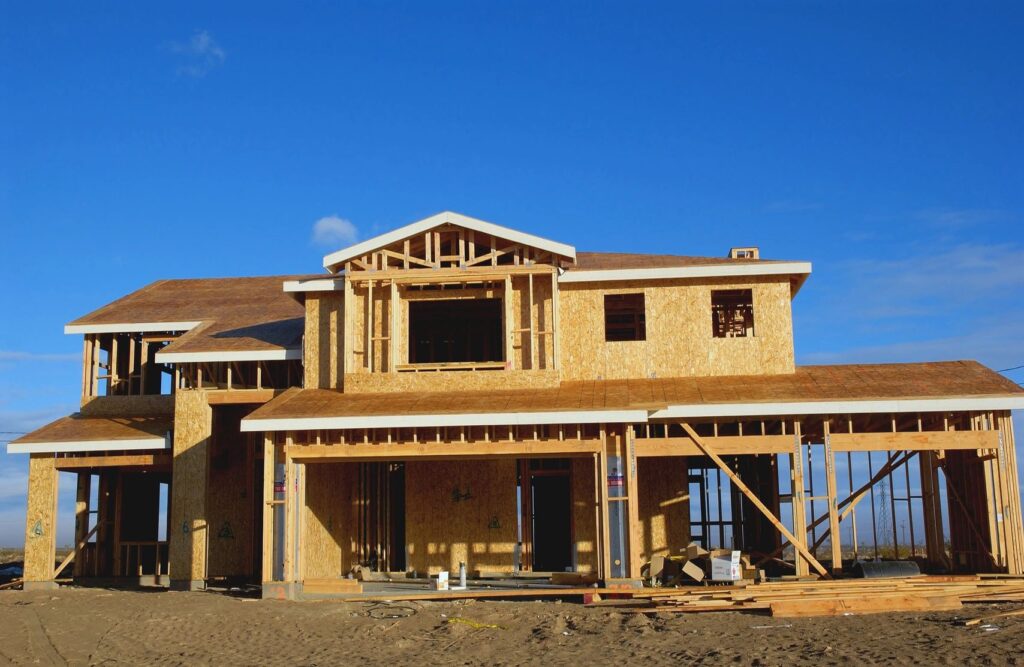
Addressing Common Misconceptions About Reclaimed Insulation Materials
Sustainable building practices are becoming a cornerstone of modern construction, and reclaimed insulation materials play a pivotal role in these efforts. Despite their many benefits—such as cost-effectiveness, environmental sustainability, and performance—several misconceptions continue to deter their widespread adoption. This article aims to dispel these myths, helping builders and homeowners make informed decisions about using reclaimed insulation in their projects.
Ready to take the sustainable route for your construction needs? Choose reclaimed insulation materials to reduce waste and lower costs. Contact Green Insulation today to explore your options. Green Insulation is a reliable supplier of reclaimed EPS, XPS, and polyiso in New England.
Reclaimed Insulation is Inferior in Quality
One common belief is that reclaimed insulation materials are substandard compared to their virgin counterparts. However, this assumption overlooks the fact that many reclaimed materials are carefully inspected, graded, and restored before being sold.
When reclaimed foam boards, such as polyisocyanurate (Polyiso), Expanded Polystyrene (EPS), and Extruded Polystyrene (XPS), are sourced from reliable suppliers, they can meet or even exceed performance expectations. Studies have demonstrated that the thermal resistance (R-value) of high-quality reclaimed foam insulation remains consistent over time, making them a viable alternative to new materials.
For more on how reclaimed materials can match virgin options in quality, see the Wavin’ blog on recycled materials.
Reclaimed Insulation Lacks Durability
Durability is another concern that frequently arises with reclaimed insulation. Critics argue that previously used materials might degrade over time and fail to deliver the same longevity as new products.
In reality, rigid foam insulation panels like EPS and XPS are designed for extended lifespans. Even after years of use, these materials retain their structural integrity and thermal properties when properly maintained and handled during the reclamation process.
For insights into the benefits of long-lasting reclaimed materials, visit Offloadit’s analysis of recycled materials.
Reclaimed Insulation is Unhygienic or Unsafe
Some people fear that reclaimed insulation may harbor contaminants, posing health and safety risks. While this concern is understandable, it is largely unfounded when dealing with reputable suppliers. Reclaimed materials undergo rigorous inspection and certification to ensure they are safe for reuse.
Industry standards require reclaimed insulation to meet strict quality and safety benchmarks, ensuring its usability and making it a viable alternative to virgin materials.
For a deeper dive into how recycled materials are prepared for safe use, read CMS Material Solutions’ blog on recycled construction materials.
Reclaimed Insulation is Not Cost-Effective
Some builders assume that reclaimed insulation doesn’t offer significant cost savings, but the opposite is true. Reclaimed insulation panels are often sold at a fraction of the price of new materials, enabling substantial budget reductions for large-scale projects.
Additionally, reclaimed materials can contribute to tax incentives and green building certifications, further enhancing their cost-effectiveness. For instance, using materials that align with LEED standards can boost the sustainability credentials of your project while lowering expenses.
Learn more about the financial benefits of using recycled materials at Adrian Ramsay Design House.
Limited Availability and Selection of Reclaimed Insulation
Another misconception is that reclaimed insulation is difficult to find or only available in limited types. However, the growing demand for sustainable building materials has expanded the market for reclaimed insulation. Today, a wide variety of reclaimed rigid foam panels, including EPS, XPS, and Polyiso, can be sourced from specialized suppliers and marketplaces.
As awareness of sustainable construction practices grows, so does the availability of reclaimed materials. Builders can now find reclaimed insulation in various sizes, thicknesses, and grades to suit their specific needs.
To discover how reclaimed materials are becoming more accessible, explore The Design Files’ article on sustainable materials.
Reclaimed insulation materials are a smart, sustainable choice for modern construction, offering comparable performance, durability, and cost savings to virgin materials. By debunking misconceptions about their quality, safety, and availability, we can unlock their potential to revolutionize the building industry.
Take the first step toward sustainable building today. Explore Green Insulation, a trusted source of reclaimed insulation and transform your projects into eco-friendly success stories.
By integrating reclaimed materials into your construction projects, you not only reduce waste and costs but also contribute to a greener, more sustainable future. These links and insights aim to empower builders and homeowners to make better-informed choices when considering reclaimed insulation.
